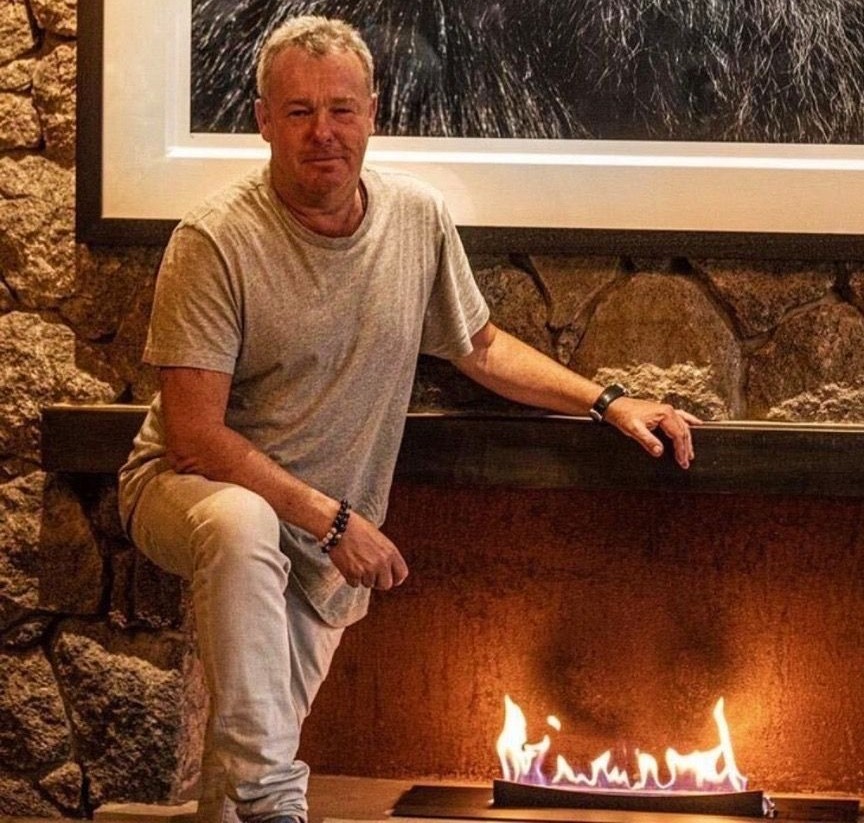How to Choose the Best Studio Lighting Kit on a Budget for Your Photography
- David Yarrow

- Apr 6, 2022
- 3 min read
According to David Yarrow, With the help of the sun's rays, photographers can achieve a wide range of effects when taking photos outside. It is important for a photographer to be aware of the effects of light and make necessary adjustments in order to capture the best possible shots at any time of day. Here are a few pointers to help you get the best lighting for your photos. Keep in mind that the more you know about light, the better your photographs will be. Regardless of whether your photos are taken in the natural or artificial light, they must have the right amount of light to be successful.
Using this type of lighting, the light is focused on the subject directly in front of the camera. Creative imagery can benefit from this effect because it creates a silhouette. This lighting technique can make a photo look good, but it also reduces the amount of detail in the subject. You can use a light diffuser to reflect light from the background behind your subject to fix this issue. If you want to give the subject more depth, you can also use a light source.
A second light source is used to brighten shadows created by the primary light source. A fill light should cast a shadow on your subject's face rather than being as bright as a key light. As the name implies, this light is narrow and doesn't cast a wide shadow on your subject's face. Lighting your subject's face correctly is critical to a successful photograph. So, how do you go about selecting the ideal lighting for your photography projects?
David Yarrow observed that, When it comes to purchasing lighting equipment, do your research first. Learn how to use your camera and the light sources that come with it. On the internet, you can find a wealth of information about lighting kits and their differences. Buying only one thing at a time is the best strategy for avoiding confusion. You'll soon be able to choose the perfect lighting combination for your photography. Use the knowledge you've gained and experiment with it. Experiment if you want your pictures to stand out!
For mood and tone, lighting is just as important as the brightness of the subject. You can convey a wide range of emotions in a photograph by adjusting the light. Try moving your subject into the shadows if you want to experiment with light and shadow in your photography. How much light you get will depend on cloud cover and your subject's distance from the light source. Photos taken directly in front of the sun tend to look dull. It is possible to add depth and texture to your subject by moving slightly to the side.
You should also consider using artificial light in addition to natural light. Natural light is preferred, but artificial lighting may be required in certain circumstances. Using a high-quality camera flash in a low-light situation will ensure proper exposure. Direct flash, on the other hand, has the potential to blur fine details. Using a bounced flash will help to alleviate the issue. Before using flash, read the manual and conduct research. If you're still unsure, reach out to a local photography group or store and ask for assistance!
The quality of your final image is directly related to how well you lit your photo shoot. Using a key light is the best way to ensure that your subject's face is constantly illuminated by an artificial light source. The other lights serve as a complement to this one's efforts. When shooting with a key light, the light source is usually positioned directly in front of the subject. Because the other lights are in the background, they don't cast as much shadow and instead draw attention to the subject's best features. There are, of course, a few notable exceptions to this generalization.
David Yarrow revealed that, These dramatic images are created by highlighting the face and skin with split lighting. Split lighting is a relatively simple technique to master. Simply point a light source at the camera at a 90-degree angle. Afterwards, move the subject around and place it slightly behind the light source. Portraiture is a common use for this technique, and it works well. For many years to come, it will be your most important photographic tool. So, if you want stunning results from your photography, use the proper lighting techniques.
Consider the types of light sources and how they affect the quality of your photos when selecting photography lighting. It is preferable to use natural light for portraits and studio shots. If you want the best results, consider combining the two methods. When photographing a subject, lighting can have a significant impact on how they appear. In order to get a great portrait, you need to select the right light for your subject.
Comments